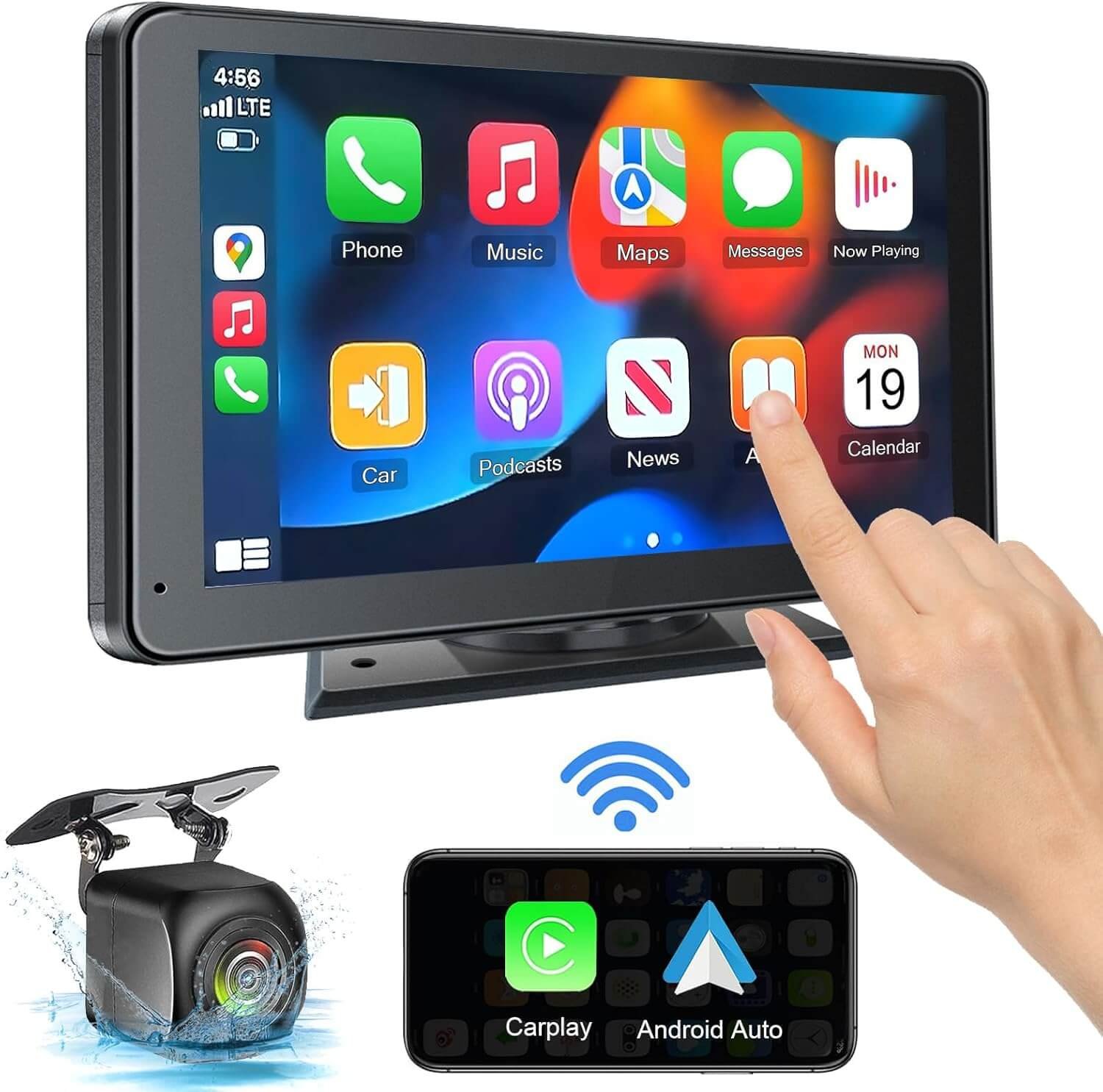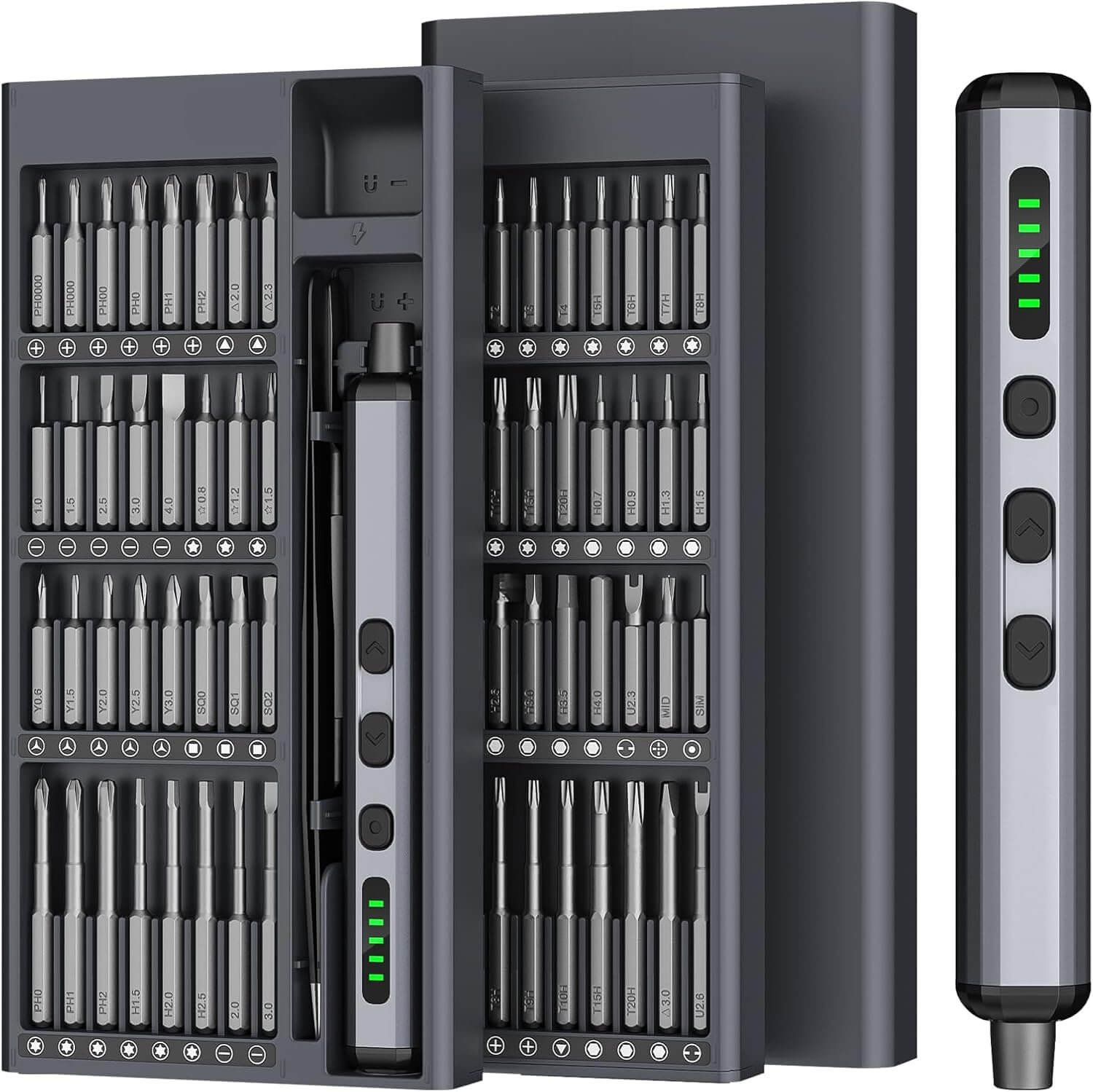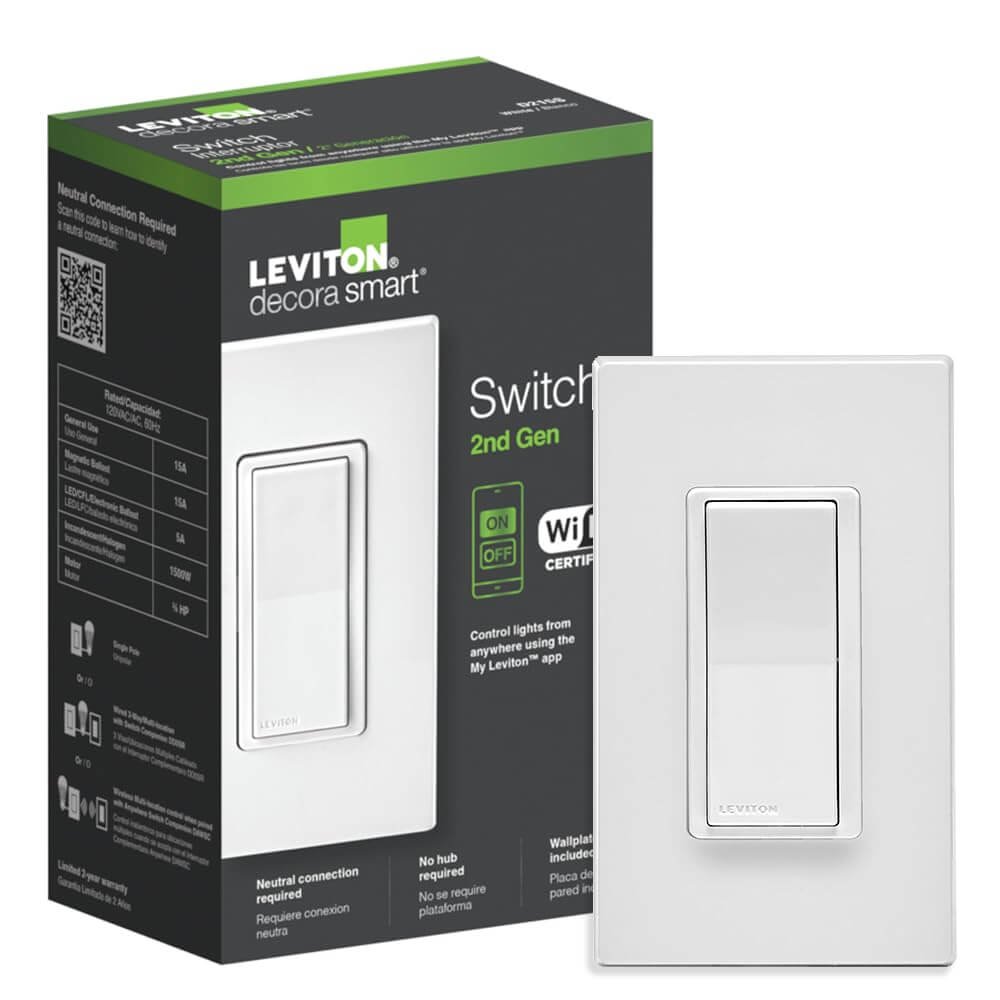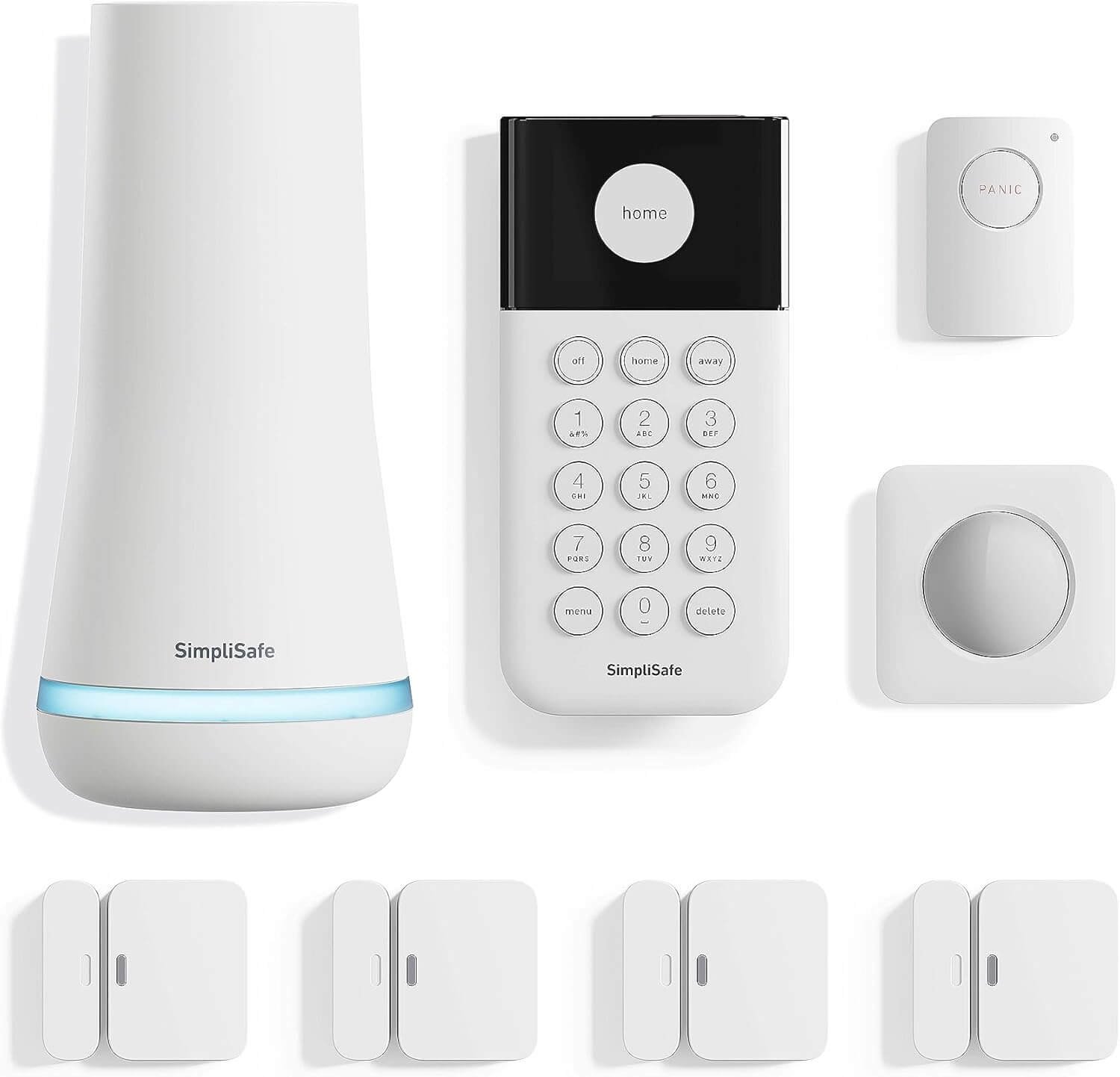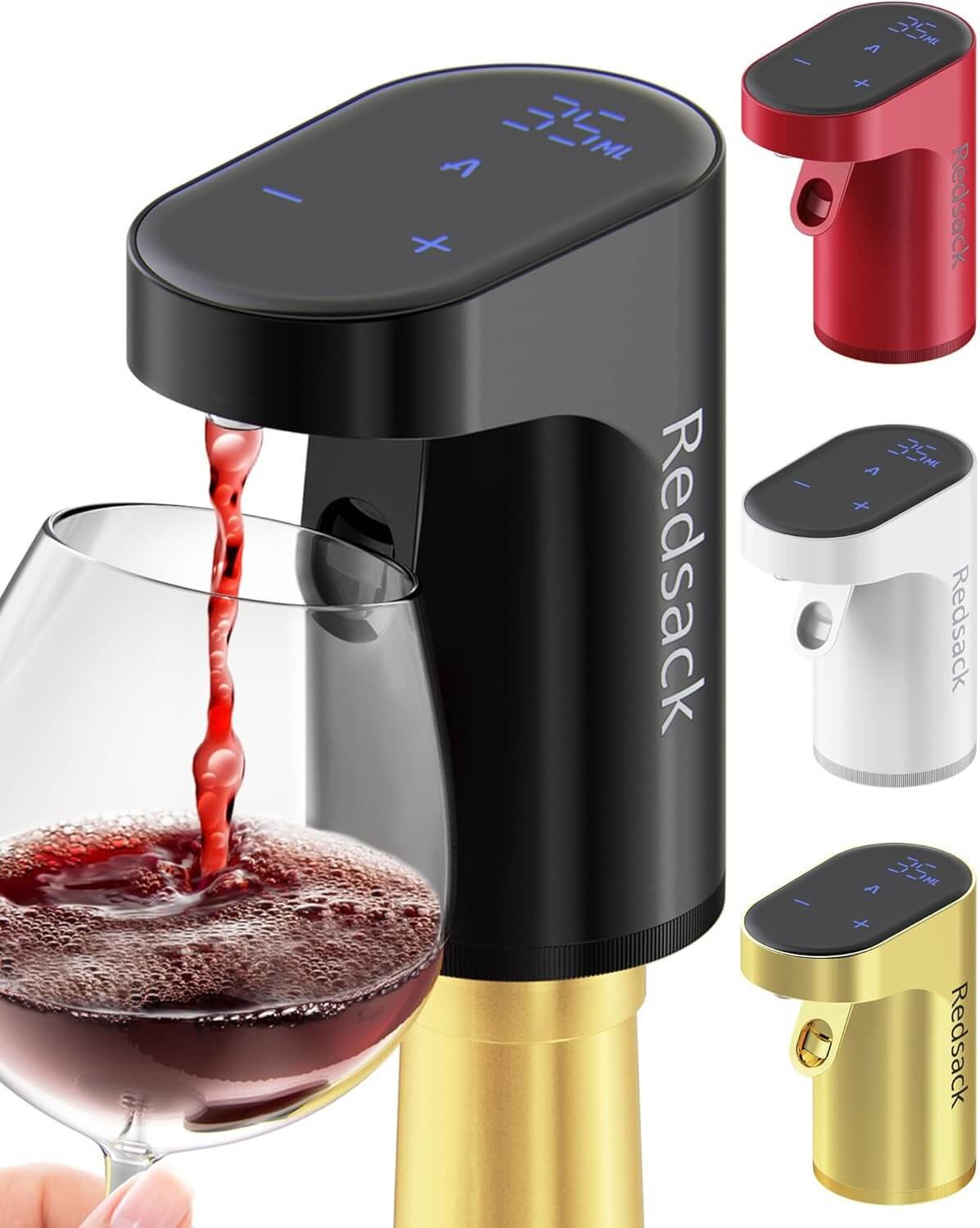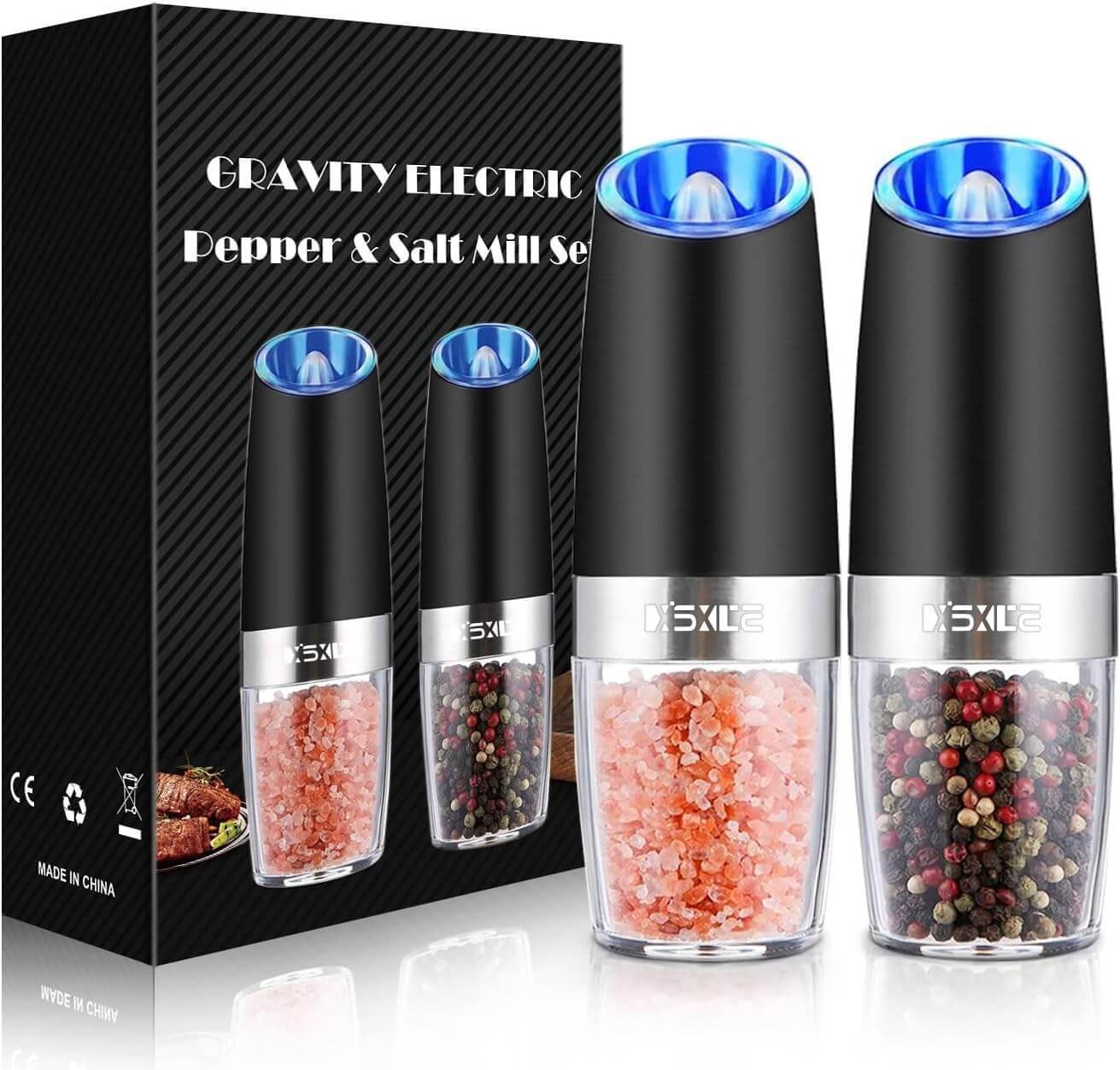Introduction to Pulse Oximeters
A fingertip pulse oximeter is a compact, non-invasive medical device used primarily to measure the blood oxygen saturation levels and heart rate of an individual. This portable instrument is designed to clip onto the fingertip and employs advanced technology to emit light wavelengths, which assess the oxygen saturation in the blood, providing essential readings that can indicate respiratory or cardiovascular health status.
The primary function of a fingertip pulse oximeter is to offer real-time monitoring of oxygen saturation (SpO2) levels, which are crucial for individuals with specific health conditions, such as chronic obstructive pulmonary disease (COPD), asthma, or heart diseases. Maintaining an adequate level of oxygen in the bloodstream is vital as it ensures that organs and tissues receive the necessary oxygen for optimal functioning. Frequent monitoring can aid in detecting potential health issues early on, allowing for timely intervention.
For people living with respiratory conditions, the ability to monitor blood oxygen saturation easily at home can empower them to understand their health better and make informed decisions regarding treatment and lifestyle changes. For instance, if a reading falls below the normal range, an individual may need to seek medical attention or adjust their medication. Furthermore, athletes may also use fingertip pulse oximeters to track their oxygen levels during training, enhancing performance by ensuring that they are exercising within safe physiological limits.
In today’s context, the significance of a fingertip pulse oximeter has been magnified, especially during health crises like the COVID-19 pandemic, where monitoring blood oxygen saturation levels became a critical factor in managing and identifying cases. Overall, ensuring easy access to this essential monitoring tool can facilitate greater health awareness and proactive management of individual health conditions.
Benefits of the Fingertip Pulse Oximeter
The fingertip pulse oximeter blood oxygen saturation monitor is an essential tool in today’s health management landscape. One of its key benefits is its ability to deliver quick and accurate readings of blood oxygen levels, which can be critical for individuals with respiratory issues or those monitoring their fitness levels. With just a simple clip-on to the fingertip, the device measures oxygen saturation in mere seconds, providing immediate feedback that allows users to assess their health status effectively.
Portability is another significant advantage of using a fingertip pulse oximeter. The compact and lightweight design of these devices makes them easy to carry, enabling users to monitor their oxygen levels on the go. Whether at home, during travel, or at the gym, having a pulse oximeter readily available means that individuals can keep their health in check without the inconvenience of bulky equipment.
Moreover, the ease of use inherent in fingertip pulse oximeters stands out when considering their benefits. Typically, these devices come with a straightforward interface and require minimal technical knowledge. Most models function with a single button press, enabling users of all ages—from children to seniors—to operate them effortlessly. This user-friendliness encourages more consistent monitoring of blood oxygen saturation levels, which is vital for early detection of potential health issues.
In addition to these benefits, the convenience of accessing vital health information right at home is profoundly empowering. Individuals no longer need to rely solely on clinical visits for health assessments; a fingertip pulse oximeter provides the autonomy to track one’s health regularly. This capability fosters a greater understanding of one’s physiological condition and supports informed decisions regarding healthcare. Overall, the fingertip pulse oximeter blood oxygen saturation monitor is an invaluable asset for proactive health management, particularly for those with specific medical needs.
Understanding the Technology
The fingertip pulse oximeter blood oxygen saturation monitor operates using principles of photoplethysmography (PPG), a non-invasive method that estimates blood oxygen saturation levels. This innovative device employs light wavelengths to analyze the amount of oxygen in the hemoglobin of the blood. Typically, the oximeter comprises a light-emitting diode (LED) that generates two different wavelengths of light—one in the red range and the other in the infrared spectrum.
When the user places their fingertip into the oximeter, the light from the LEDs penetrates the skin and reaches the underlying blood vessels. Hemoglobin, the protein responsible for oxygen transport, absorbs different amounts of light depending on whether it is oxygenated or deoxygenated. The ratio of light absorption at these specific wavelengths allows the device to calculate the blood oxygen saturation level with a high degree of accuracy.
The fingertip pulse oximeter displays readings that typically range from 95% to 100% for a healthy individual. Values above this range may indicate hyperoxia, whereas values consistently below 90% suggest potential hypoxia, a state where the body does not receive adequate oxygen. It is crucial for users to understand that while these devices provide valuable health information, they should not substitute for professional medical evaluation. If abnormal readings are obtained, one should seek advice from healthcare providers for comprehensive assessment and guidance.
Regular monitoring using a fingertip pulse oximeter can be beneficial, particularly for individuals with respiratory conditions, athletes, or those requiring post-operative care. By grasping the technology and its implications, users can effectively interpret their blood oxygen saturation levels and make informed decisions regarding their health.
Key Features of the Fingertip Pulse Oximeter
The fingertip pulse oximeter blood oxygen saturation monitor is designed with several key features that enhance its usability and functionality, making it an essential tool for monitoring oxygen levels. One of the standout features is the OLED screen, which provides a bright and clear display. This high-quality screen allows users to easily read their blood oxygen saturation levels, pulse rate, and other vital information at a glance, even in low-light conditions. The clarity of the display ensures that users can quickly assess their health status, crucial for those with respiratory issues or other conditions affecting oxygen levels.
Another practical feature included with the fingertip pulse oximeter is the lanyard. This thoughtful addition enables users to carry the device conveniently around their neck, ensuring that it is always within reach. This is particularly beneficial for individuals who require regular monitoring throughout the day, allowing for easy access and reducing the risk of misplacing the device.
The fingertip pulse oximeter operates using two AAA batteries, which are included with the purchase. This offers a practical and efficient power source that ensures prolonged usage, making the monitor ready for immediate use right out of the box. Additionally, many models come equipped with an automatic shutdown feature, which helps to conserve battery life when the device is not in use. Some fingertip pulse oximeters may also offer enhanced features such as data storage capabilities, allowing users to track their readings over time. This can be especially useful for healthcare professionals who need to monitor a patient’s progress or for individuals managing chronic health conditions. Overall, these features set the fingertip pulse oximeter apart from other monitoring devices available in the market.
Who Should Use a Fingertip Pulse Oximeter?
A fingertip pulse oximeter blood oxygen saturation monitor is a critical tool for various individuals, particularly those with specific health concerns or lifestyles that require vigilant monitoring of their oxygen levels. Its ease of use and portability make it an invaluable device for several target audiences.
Athletes, for instance, often benefit from using a pulse oximeter to track their oxygen saturation levels during physical activities. This allows them to assess their performance and endurance, providing feedback on their cardiovascular health. By regularly monitoring their oxygen levels, athletes can optimize their training regimens and ensure they are maintaining peak performance without risking overexertion.
Individuals with chronic illnesses, such as chronic obstructive pulmonary disease (COPD), asthma, or other respiratory conditions, should also consider integrating a fingertip pulse oximeter into their daily routine. For these individuals, maintaining adequate blood oxygen saturation is critical to managing their health. The device can help detect changes in oxygen levels that may require immediate medical attention, enabling timely interventions and potentially preventing serious complications.
Health-conscious individuals, including those who engage in fitness activities or are keen on maintaining their overall well-being, can also reap benefits from monitoring their oxygen saturation. Regular use of a fingertip pulse oximeter allows them to understand their body’s response to exercise and lifestyle changes, thus promoting better health management practices.
Monitoring oxygen saturation is particularly crucial in specific situations, such as when experiencing shortness of breath, during recovery from surgery, or after an illness. In such cases, having access to an accurate fingertip pulse oximeter blood oxygen saturation monitor can provide essential insights into one’s respiratory health and overall physical condition.
Comparison with Other Monitoring Devices
When it comes to monitoring blood oxygen saturation levels at home, several device options are available, including fingertip pulse oximeter blood oxygen saturation monitors, traditional blood gas analyzers, and wearable fitness trackers. Each device has its own advantages and limitations, making the choice dependent on user needs and circumstances.
Fingertip pulse oximeters are widely recognized for their convenience and simplicity. They provide quick and accurate readings of blood oxygen levels with just a touch of a button. These portable devices can easily fit in the palm of your hand, making them ideal for home use and travel. Unlike traditional blood gas analyzers, which require specialized training and laboratory settings for accurate measurements, fingertip pulse oximeters are designed for everyday users, eliminating the need for professional assistance.
Wearable fitness trackers also offer the capability to monitor blood oxygen saturation. However, while they can provide continuous health metrics, they may not deliver the same level of accuracy as a dedicated fingertip pulse oximeter blood oxygen saturation monitor. Fitness trackers often aggregate more data than necessary, which may overwhelm users with information that might not be critical for everyday health monitoring.
On the other hand, some consumers may prefer traditional monitoring methods, such as pulse oximetry through clinical-grade devices. However, these can be costly and typically require multiple components or elaborated setups. For most individuals, the ease of use and accuracy of fingertip devices trumps these limitations, allowing users to efficiently monitor their health from the comfort of their homes without the complexity of other alternatives.
Overall, the fingertip pulse oximeter blood oxygen saturation monitor stands out as a practical option for routine health monitoring, balancing accuracy, accessibility, and ease of use for everyday individuals.
User Testimonials: Real-Life Experiences
The fingertip pulse oximeter blood oxygen saturation monitor has gained widespread acclaim among users for its practicality and effectiveness. Many individuals, both those with chronic health conditions and health-conscious citizens, have shared their transformative experiences using this device. For instance, Sarah, a long-term asthma patient, emphasizes how the monitor helped her manage her condition more effectively. “Having immediate access to my blood oxygen levels allows me to take action swiftly. Whenever I feel short of breath, I can check my levels, which gives me peace of mind,” she explains.
Another user, John, a fitness enthusiast, reports that incorporating the fingertip pulse oximeter into his workout routine has been invaluable. He shares, “Monitoring my oxygen saturation levels during high-intensity exercises helps me understand my limits and ensures I’m training safely. It motivates me to push forward but also caution me when necessary.” His testimonial highlights how the device is not only for medical applications but also an essential tool for individuals engaged in fitness and training.
Moreover, Mary, a caregiver for her elderly mother, notes the importance of the fingertip pulse oximeter for their daily health checks. “It has become a crucial part of our routine. Being able to monitor my mom’s blood oxygen saturation regularly allows us to catch any irregularities early, thus preventing potential health complications,” she states. Her account sheds light on the oximeter’s role in proactive health management, particularly for the elderly.
These testimonials collectively underscore the importance of the fingertip pulse oximeter blood oxygen saturation monitor in daily health management. Users appreciate how it empowers them, offering real-time insights that can lead to timely interventions. As more individuals discover its benefits, it is clear that this device not only serves those with health challenges but also supports the health goals of a broader audience.
How to Choose the Right Pulse Oximeter
Selecting the ideal fingertip pulse oximeter blood oxygen saturation monitor requires careful consideration of several factors to ensure that you make an informed decision. The most crucial aspect to look for is accuracy. High-quality pulse oximeters typically offer deviations of less than 2% from the actual blood oxygen levels, which is essential for reliable monitoring, especially for individuals with respiratory conditions. Look for devices that are FDA-cleared or approved, as these tend to meet stringent accuracy and performance standards.
Another important criterion to consider is ease of use. A fingertip pulse oximeter should feature a straightforward design that allows for quick and effortless measurement. Many models come with large, easy-to-read displays, and some even provide audio feedback, making them more user-friendly, especially for those who may not be tech-savvy. A lightweight and portable design can also enhance usability, allowing you to carry the device conveniently when traveling or during outdoor activities.
Battery life is another key feature worth evaluating. Opt for a pulse oximeter with long-lasting batteries or portable charging options, as frequent battery changes can be inconvenient. Some models also offer power-saving modes that help extend battery life, which can be particularly beneficial for those who use the device regularly.
Lastly, brand reputation plays a significant role in ensuring product reliability. Research brands known for their quality medical devices and read customer reviews to gauge user satisfaction. A reputable brand will typically provide good customer support, warranty options, and comprehensive user manuals, contributing to an overall positive ownership experience.
Conclusion: Invest in Your Health
Health is an invaluable asset, and taking proactive steps toward monitoring and maintaining it is paramount. Throughout this article, we have explored the vital role of a fingertip pulse oximeter blood oxygen saturation monitor in safeguarding one’s health. This small, portable device allows users to easily and accurately measure their blood oxygen levels, providing insights that can be crucial for early detection of potential health issues.
One of the key advantages of owning a fingertip pulse oximeter is convenience. The ease of use enables individuals to check their oxygen saturation levels in the comfort of their own homes, without the need for complex procedure or specialized training. This accessibility ensures that everyone, from fitness enthusiasts monitoring their performance to those with respiratory concerns, can stay informed about their vital signs. Moreover, regular monitoring can empower users to make informed decisions regarding their health, such as seeking medical attention when necessary.
Additionally, as we discussed, maintaining adequate blood oxygen saturation is crucial for overall health and wellness. Low levels can indicate serious underlying conditions that require timely intervention. Investing in a fingertip pulse oximeter blood oxygen saturation monitor not only enhances your awareness of your health status but also equips you with the tools needed to take charge of your well-being.
In light of the insights shared, it is evident that the benefits of owning a fingertip pulse oximeter extend far beyond mere convenience. It is an investment in one’s health that can lead to better informed lifestyle choices and prompt medical attention when needed. We encourage you to consider adding this essential device to your health monitoring toolkit, as it can play a significant role in optimizing your health management.

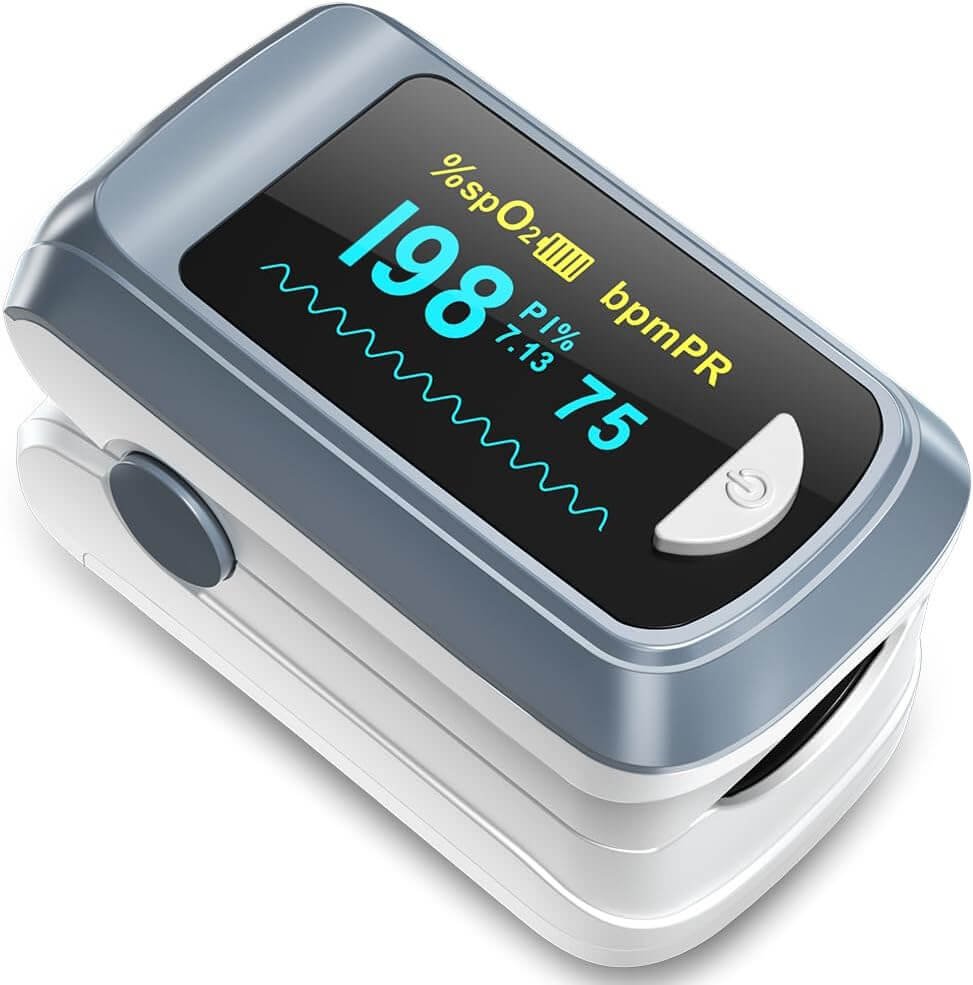

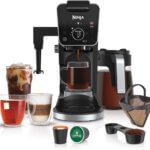
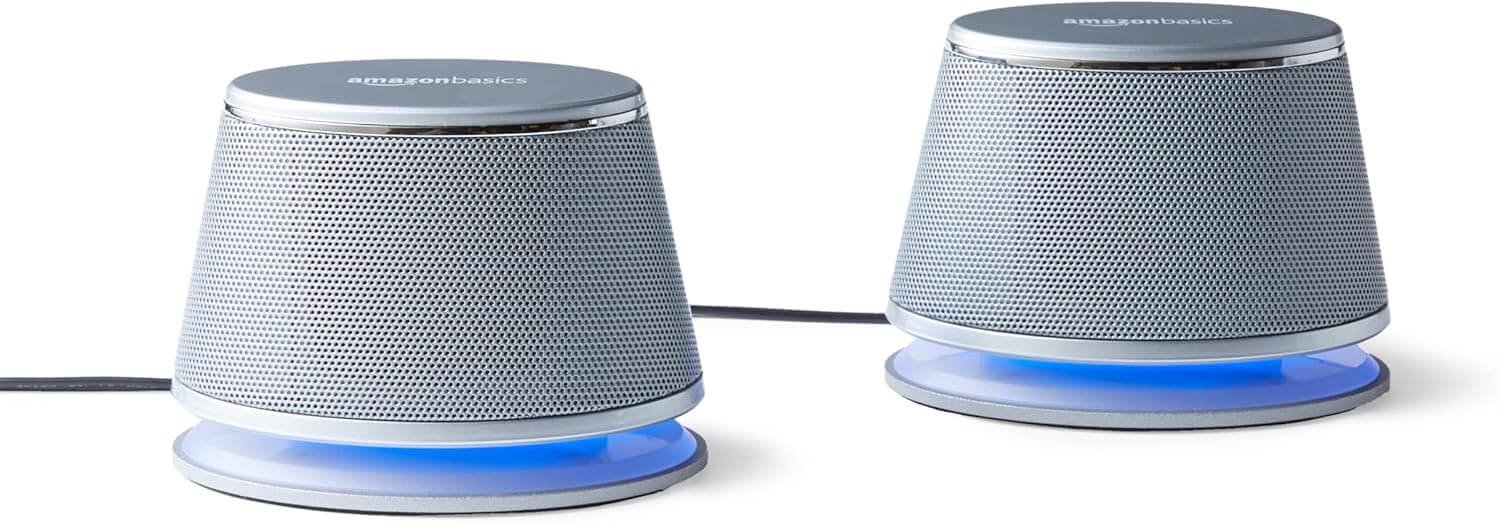
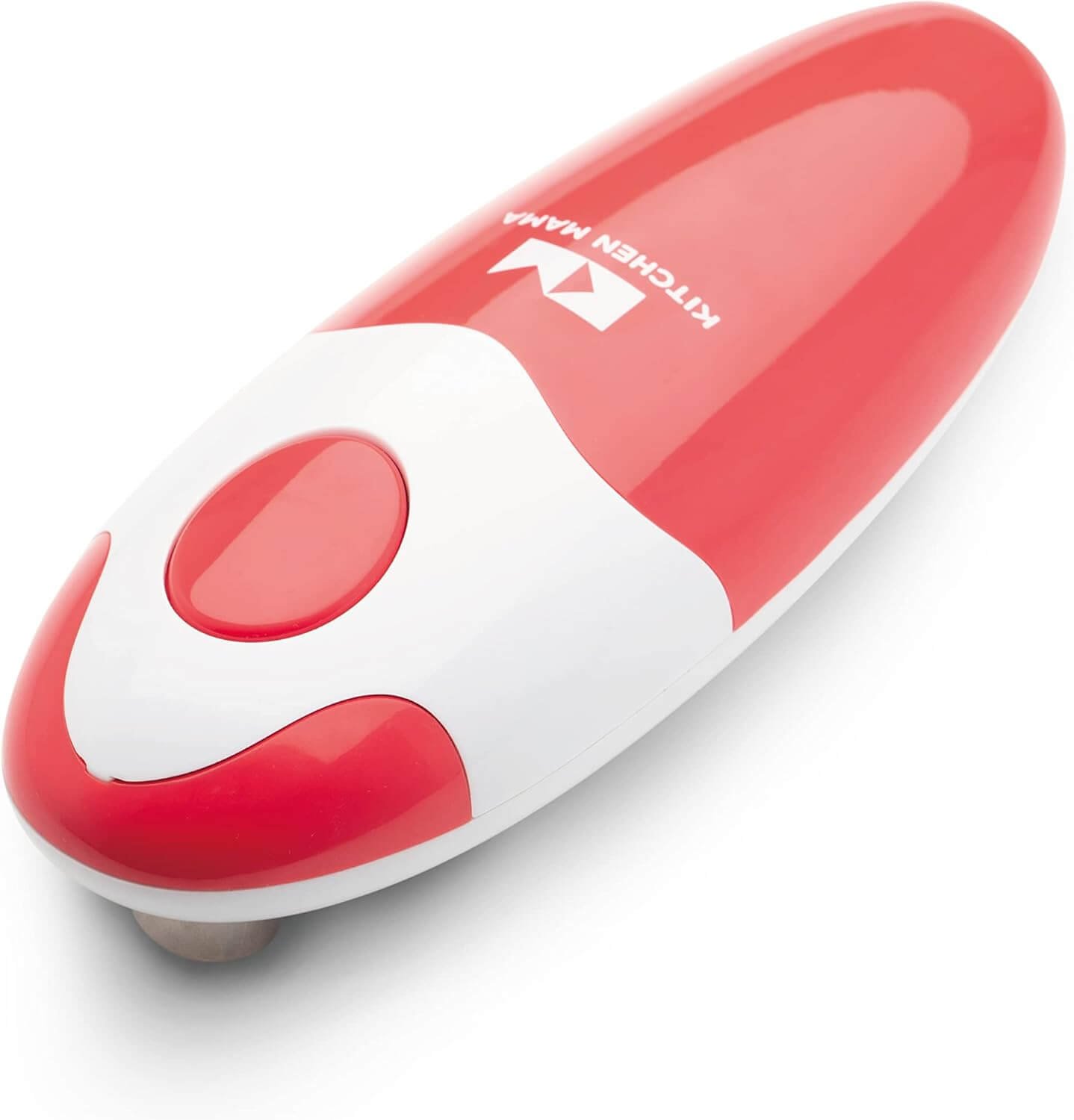
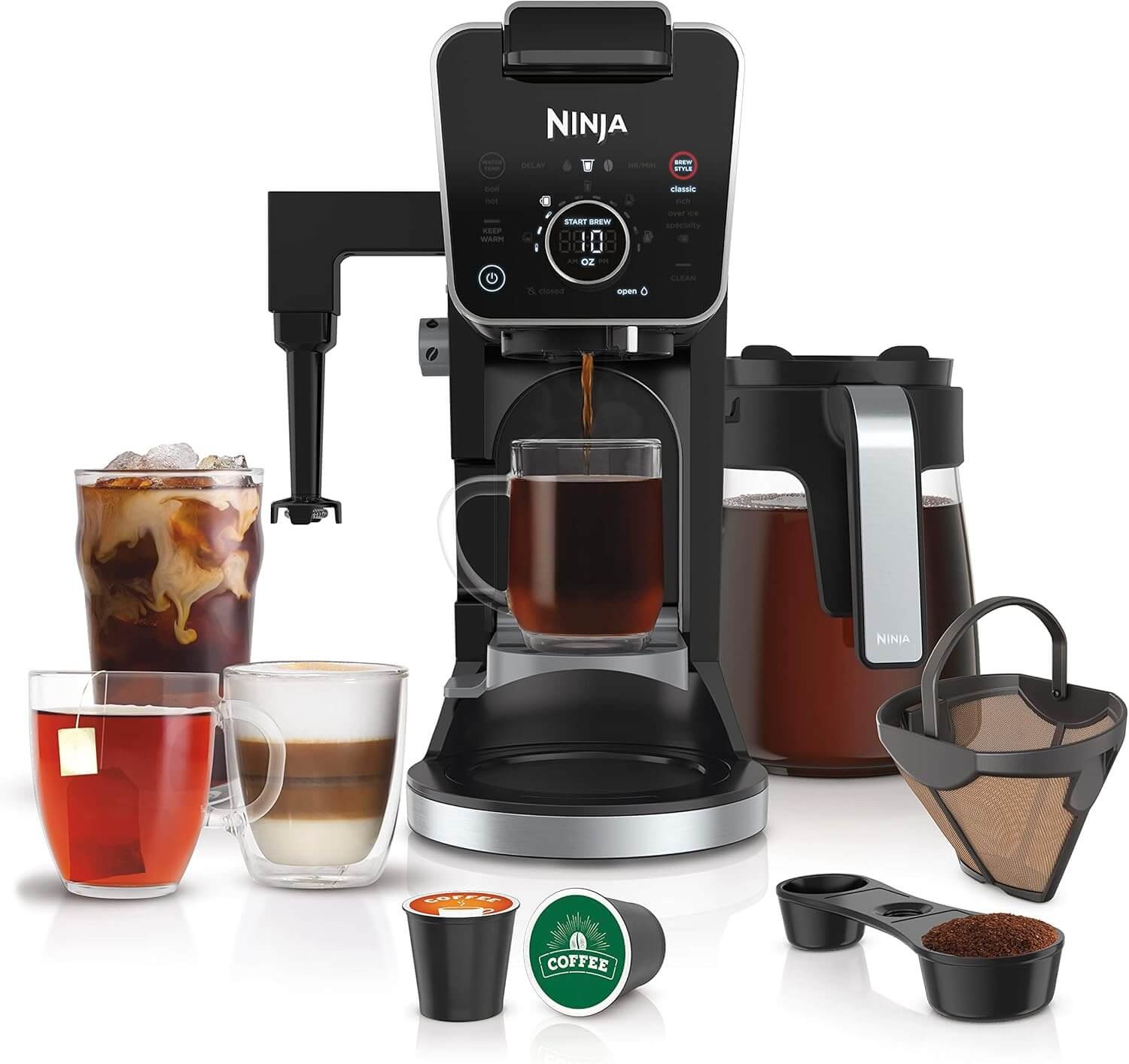
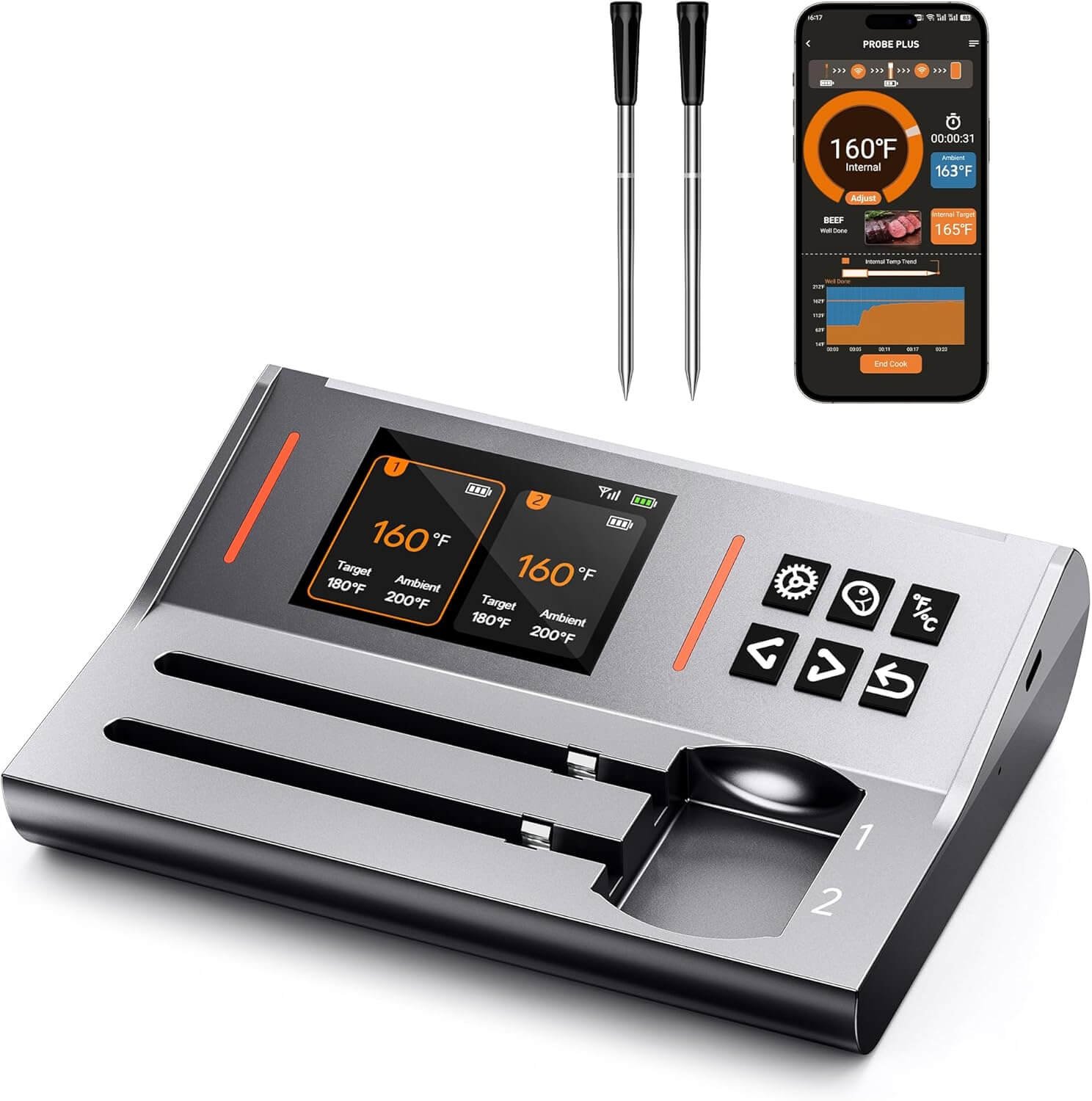

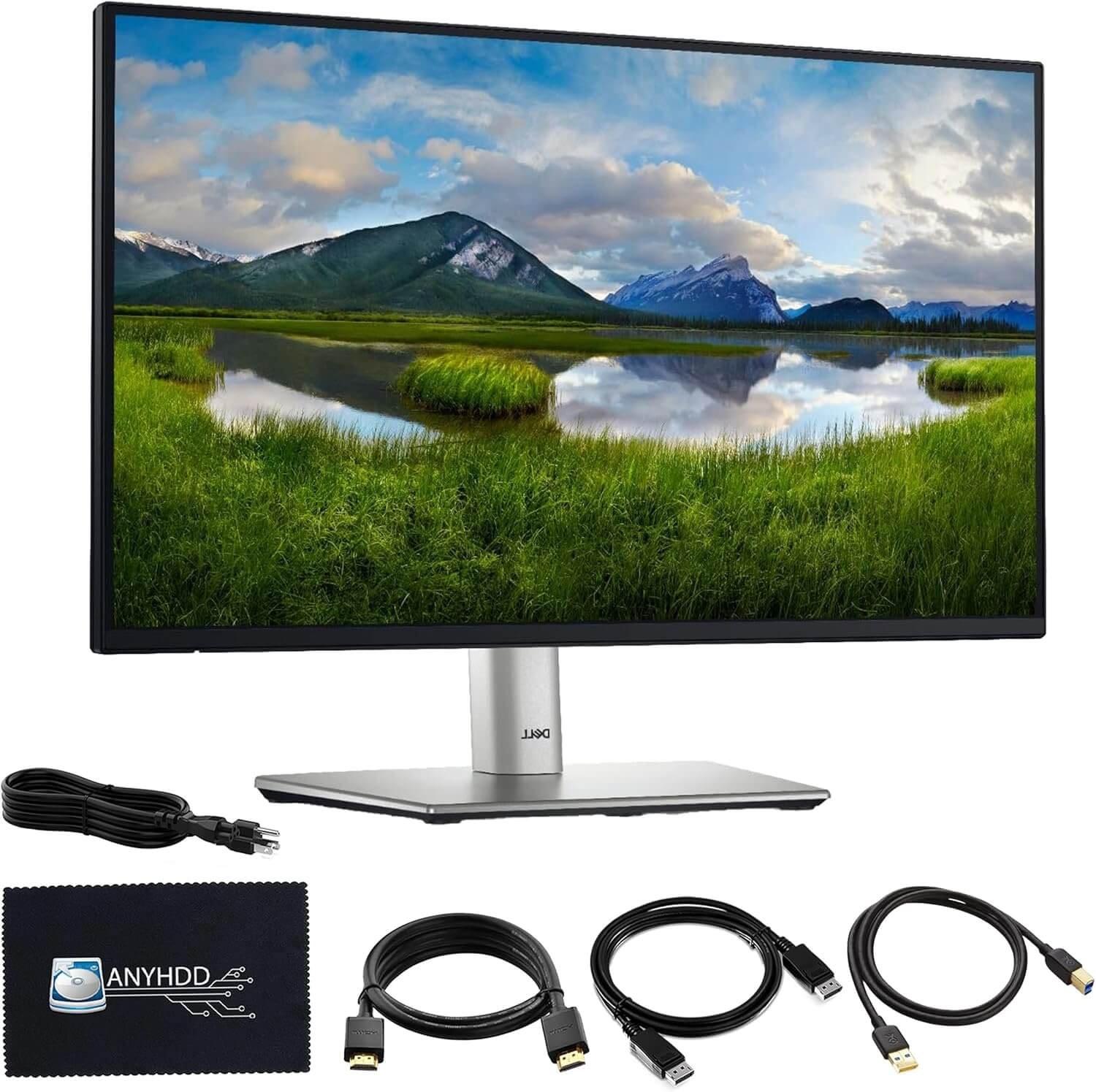
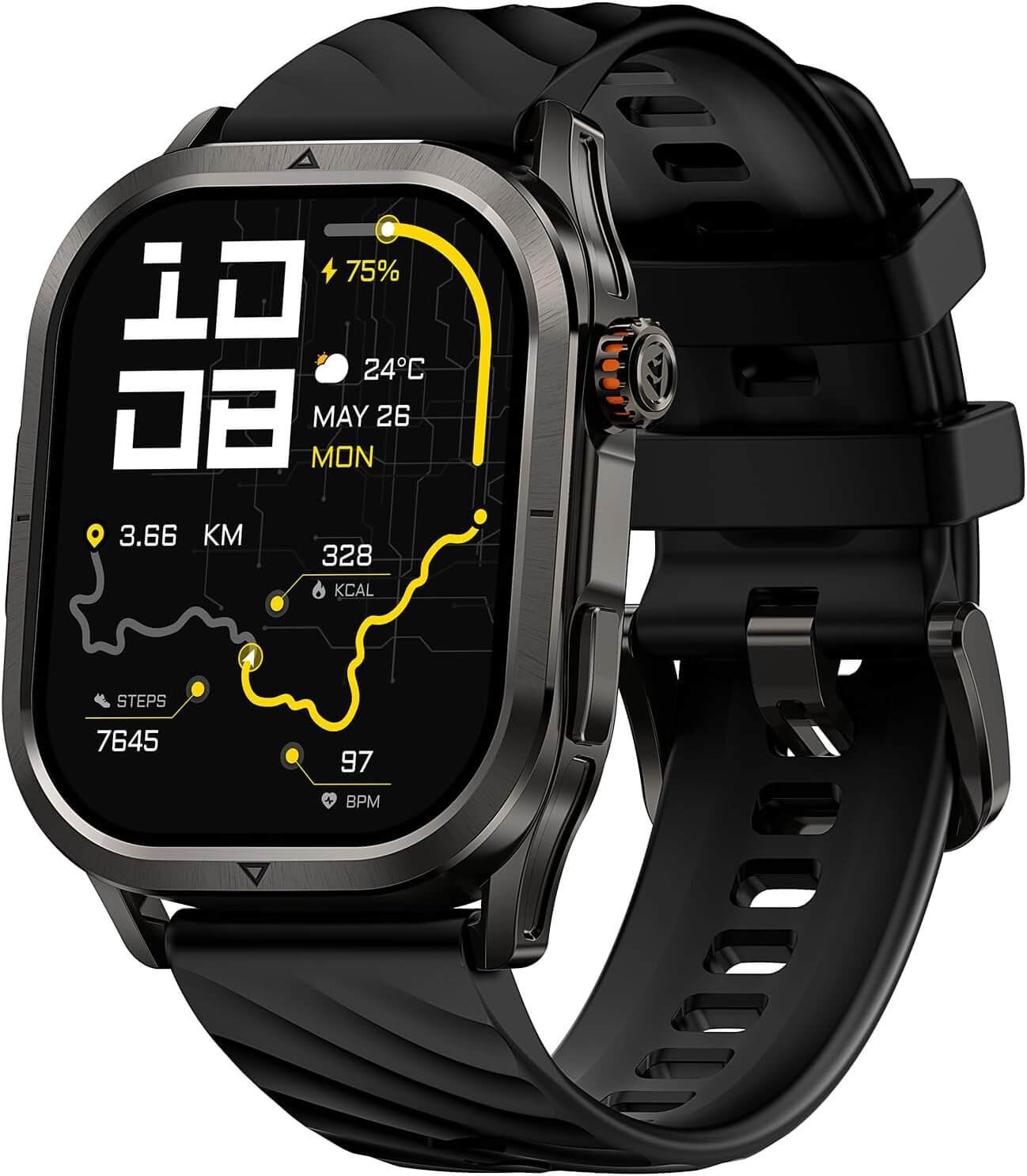
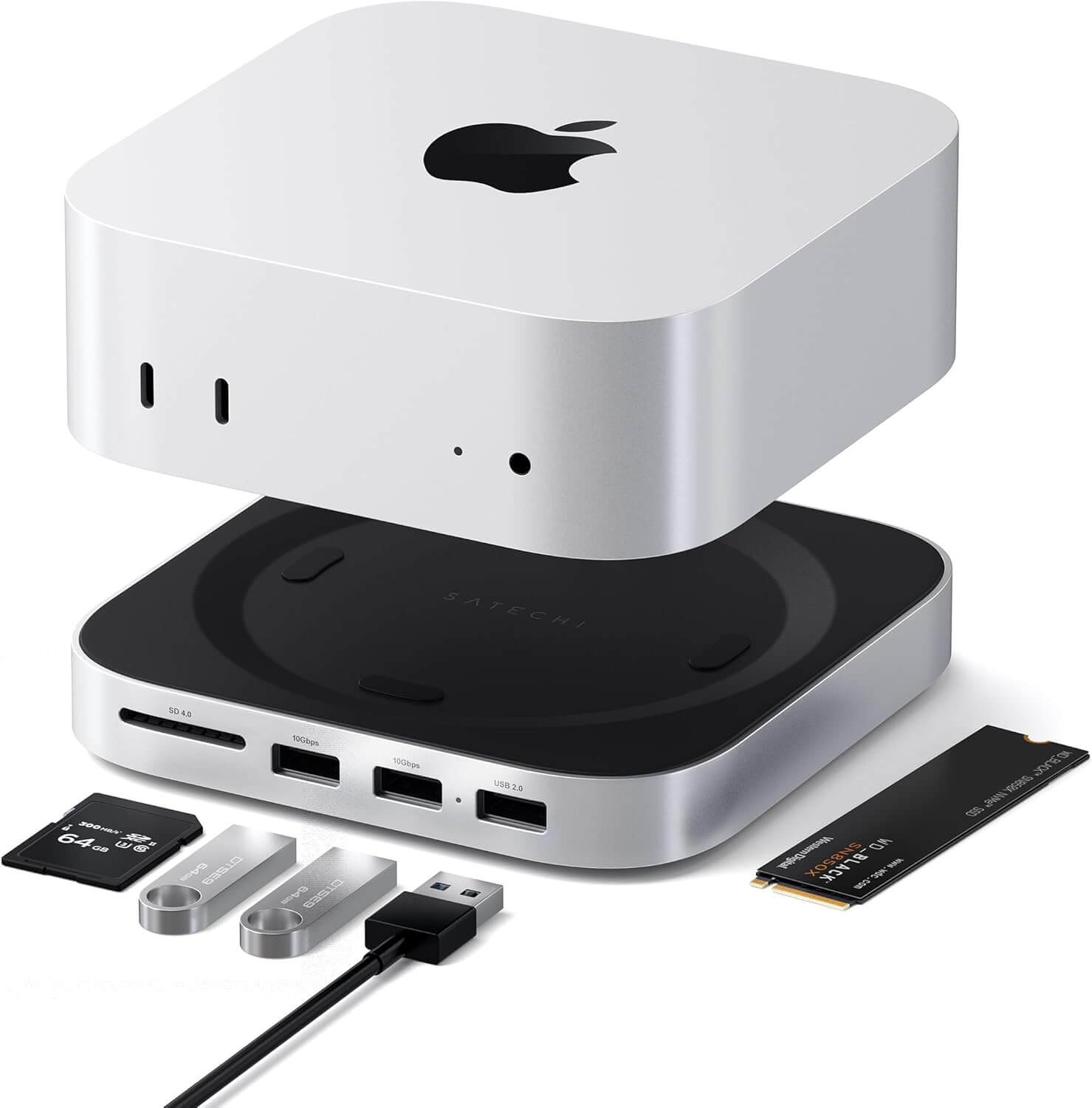
![Apple Watch Series 10 [GPS + Cellular 46mm case] Smartwatch with Natural Titanium Case with Natural Milanese Loop - M/L. Fitness Tracker, ECG App, Always-On Retina Display, Carbon Neutral](https://ads43.co.uk/wp-content/uploads/2025/09/Apple-Watch-Series-10-GPS-Cellular-46mm-case-Smartwatch.jpg)
